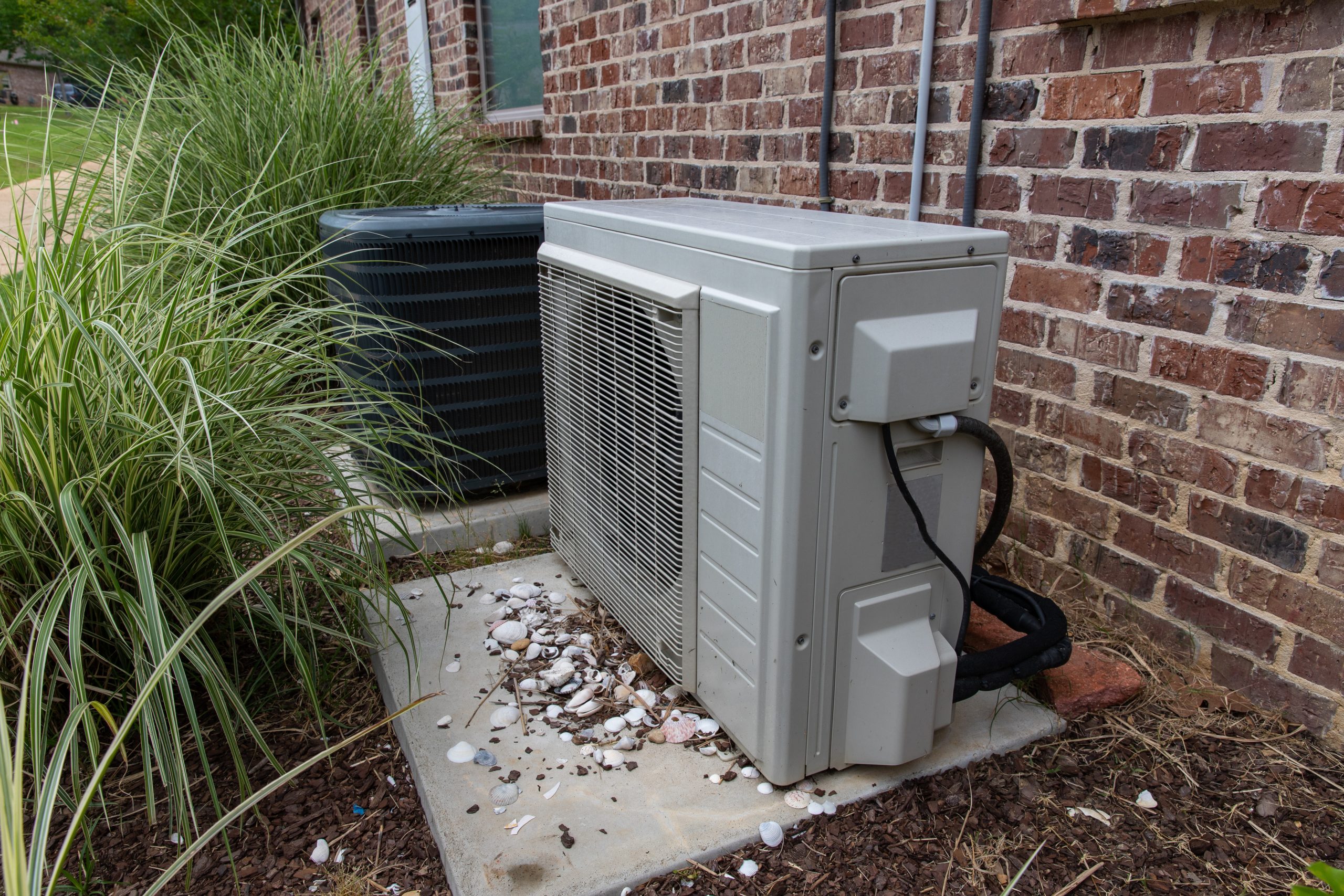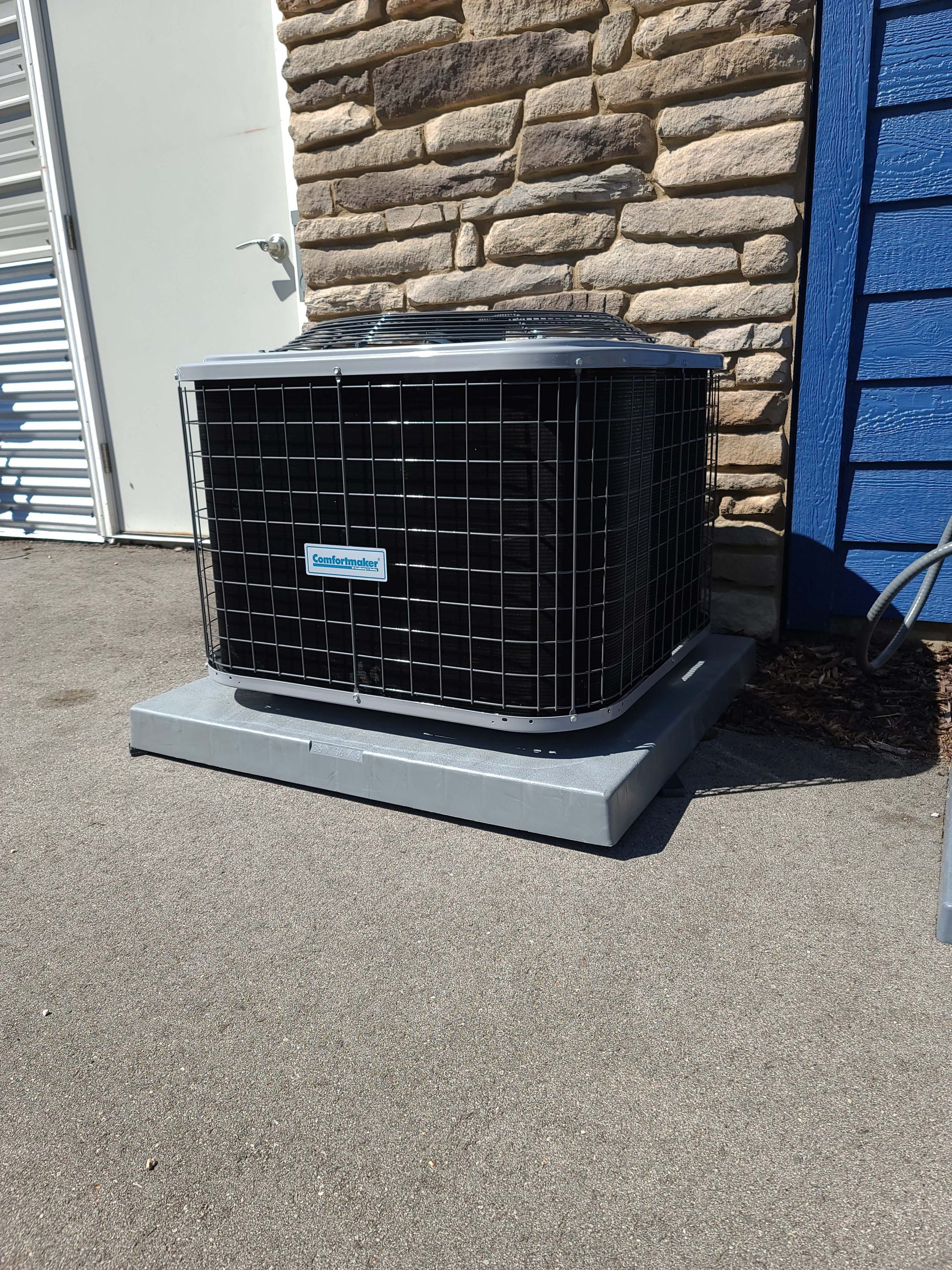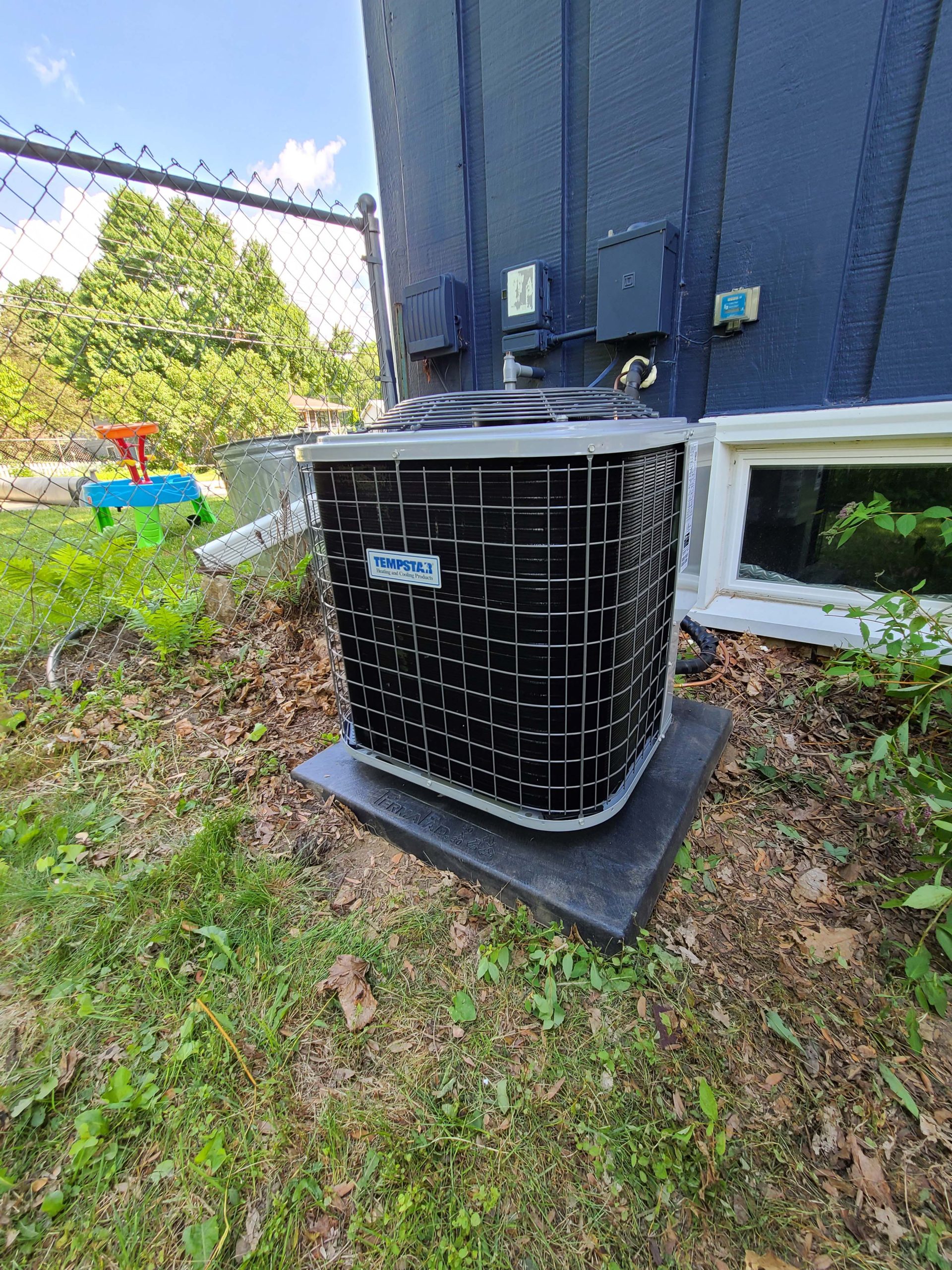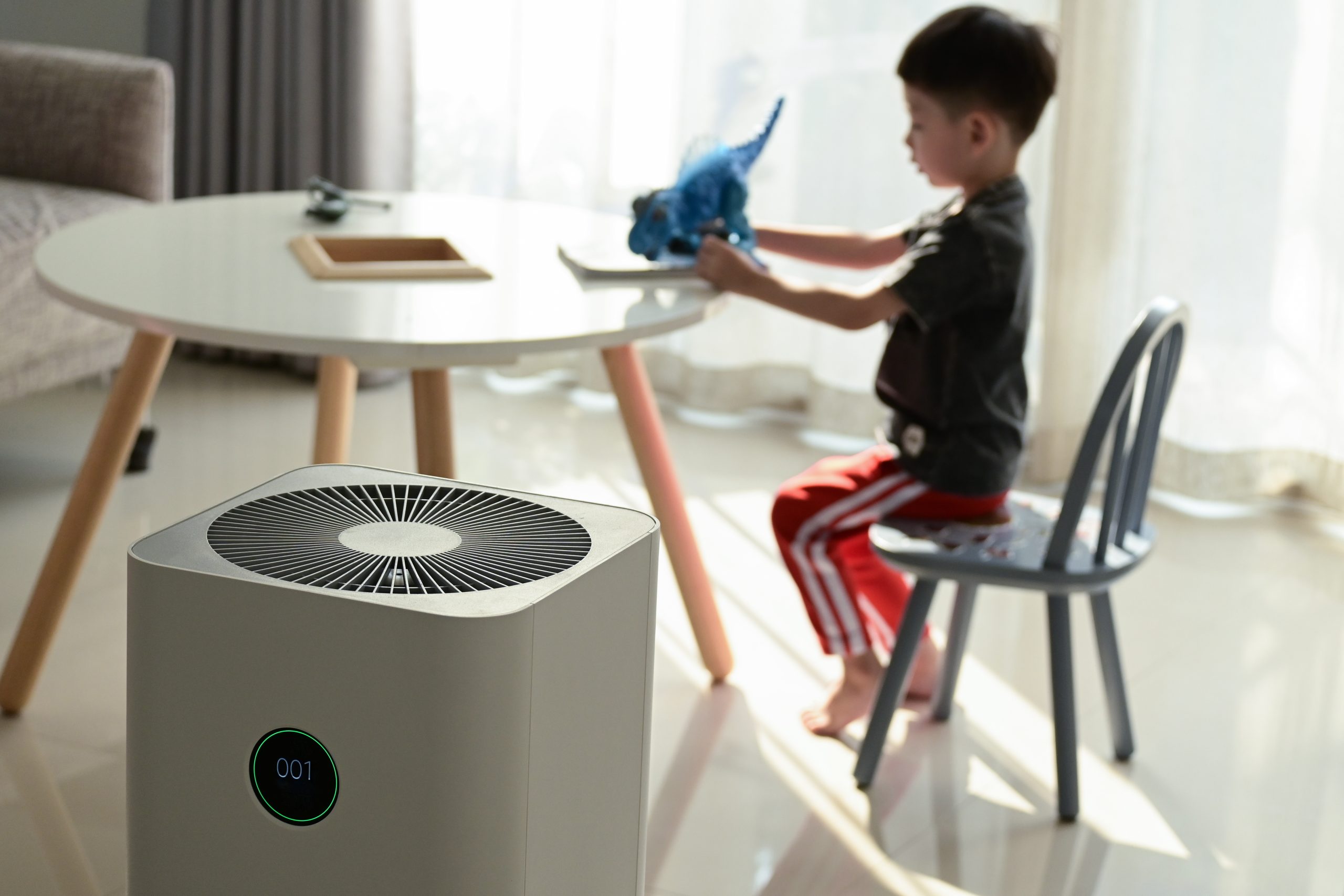A ducted HVAC* system, also known as a central HVAC system, is a type of heating and cooling system that uses a network of ducts to distribute conditioned air throughout a building or home. It is a traditional and widely used system for maintaining comfortable indoor temperatures in large spaces or multiple rooms.
The main components include a central heating unit (such as a furnace or heat pump) and a central cooling unit (such as an air conditioner). These units are typically located in a mechanical room, basement, attic, or an outdoor unit. They are connected to a network of ducts, which are usually made of metal or flexible material, and are responsible for carrying the conditioned air to various rooms or zones.
Ducted HVAC systems can be fueled by different energy sources, such as natural gas, electricity, or oil, depending on the specific configuration and regional availability. They are commonly used in residential homes, commercial buildings, offices, schools, and other large spaces where centralized climate control is required.
A ductless HVAC system, also known as a ductless mini-split system, is a newer type of heating and cooling system that does not require ductwork for air distribution. It consists of an outdoor unit and one or more indoor units to provide localized climate control.
A modern ductless HVAC system offers several advantages over a classic ducted HVAC system:
- Flexible installation: Ductless systems are easier to install compared to ducted systems since they don’t require extensive ductwork. Each indoor unit is connected to the outdoor unit through a small refrigerant line, allowing for more flexibility in terms of placement and reducing the need for major renovations or modifications.
- Individual zone temperature controls: Ductless systems offer zoning capabilities, allowing you to set different temperatures for individual rooms or zones. Each indoor unit operates independently, which means you have precise control over the temperature and comfort level in each area. This flexibility can result in energy savings by avoiding unnecessary heating or cooling of unoccupied spaces.
- Energy efficiency: Ductless systems are highly energy efficient, whereas ducted systems can experience energy losses due to leaks or insufficient insulation in the ductwork. Ductless systems eliminate these losses by delivering conditioned air directly to each room. Additionally, since you can control the temperature in individual zones, you can avoid wasting energy on heating or cooling unoccupied areas as needed.
- Improved indoor air quality: Ductless systems typically come with advanced filtration options, such as multi-stage filters or additional features like ionizers or plasma filters. These filters capture dust, allergens, and other particles, leading to improved indoor air quality. Moreover, without ducts, there is no opportunity for dust or debris to accumulate and be circulated throughout the system.
- Non-obtrusive operation: Ductless systems are known for their quiet operation. The noisy components, such as the compressor, are in the outdoor unit, reducing indoor noise levels. This makes ductless systems ideal for bedrooms, living rooms, or other areas where noise can be a concern.
- Design flexibility: Ductless indoor units are compact and sleek in design, requiring minimal space on the wall or ceiling. They can be mounted in various ways to blend seamlessly with the decor and aesthetics of a room. This flexibility allows for greater architectural freedom and avoids the need for bulky ductwork.
- Improved maintenance: Ductless systems are relatively easy to maintain. The filters can be easily accessed and cleaned or replaced, ensuring optimal performance and air quality. Additionally, without ducts, there is no need for duct cleaning or sealing, reducing the maintenance requirements and associated costs.
- Retrofitting and additions: Ductless systems are an excellent option for retrofitting older buildings or adding heating and cooling to spaces where ductwork is not feasible or cost-effective. They can provide efficient and localized climate control without the need for major and costly renovations.
While ductless HVAC systems offer several advantages over ducted, it’s essential to consider factors such as the initial cost, cooling and heating capacity, and the number of indoor units required to meet the specific needs of your home or building. For example, ductless systems might not be the best choice in homes with low insulation, or with many smaller rooms as opposed to an open floor plan.
Consulting with HVAC professionals at Latitute.43 will help you determine whether a ductless or ducted system is the right choice for your situation.
*Heating, Ventilation, and Air Conditioning





